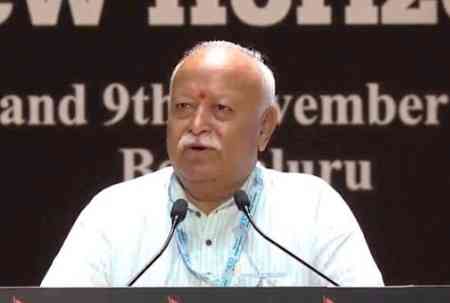Advancements, Technology, cures and Treatment: Awareness is the Key to fight Glaucoma:
Its Glaucoma Awareness Week and this year’s World Glaucoma Week is being celebrated under the theme of 'Uniting for a Glaucoma-Free World'. A lot of work is constantly being done and is constantly evolving as our understanding of glaucoma improves. Researchers and experts have been working towards discovering cure that could prevent vision loss caused by glaucoma.

by Dr. Reetha BT, Consultant – Ophthalmology, Aster RV Hospital
Its Glaucoma Awareness Week and this year’s World Glaucoma Week is being celebrated under the theme of 'Uniting for a Glaucoma-Free World'. A lot of work is constantly being done and is constantly evolving as our understanding of glaucoma improves. Researchers and experts have been working towards discovering cure that could prevent vision loss caused by glaucoma.
Glaucoma is the world's second leading cause of blindness and thus there is a great need for creating awareness among the general population especially the elderly who are at increased risk. Glaucoma is a chronic progressive optic neuropathy due to a variety of causes amongst which IOP (Intra ocular pressure )is the only modifiable risk factor.
Glaucoma is usually categorized based on:
1)Anatomy of the anterior chamber angle as Open vs Narrow/Closed
2)Rapidity of onset -Acute vs Chronic
3)Based on etiology -Primary vs Secondary
Most glaucoma’s are primary that is without any specific cause (except a genetic basis), however several coexisting ophthalmic conditions or steroid abuse may serve as the underlying etiologies of secondary glaucoma. Chronic glaucoma occurs most commonly, hence regular eye examinations should be performed in at-risk patients (patients with family history of glaucoma, high myopia, history of eye trauma, age group >40 years, diabetes etc.) to prevent the insidious loss of visual field that can develop even before diagnosis. Glaucoma damages the optic nerve and retinal nerve fibre layer, leading to peripheral and central visual field defects.
Early Detection is the Key
It is estimated that 50% of Glaucoma cases are undiagnosed. While it is true that it in incurable, 90% of the blindness caused by Glaucoma can be prevented by early detection and treatment. For early detection at risk patients should undergo routine detailed ophthalmological evaluation which includes Vision, IOP, Gonioscopy, Fundoscopy-along with fundus photography if available to document progression along with visual fields(HFA) and OCT RNFL(retinal nerve fibre layer).Elevated intraocular pressure being the only modifiable risk factor forms the basis of all the treatment modalities. Hence all the current treatments which include medications, lasers, and operations aim to reduce the IOP.
Treatments and Medications for Glaucoma
Traditional Glaucoma medications come in form of eye drops. Topical and systemic medications (Pharmacotherapy) is usually the first-line therapy, but patient compliance, adverse effects, and cost limit its effectiveness. Laser and surgical treatments may lower IOP significantly over prolonged periods and may be more cost effective than pharmacotherapy, but they are plagued often by procedural risks and treatment failures.
Traditional incisional procedures have recently been replaced by several novel minimally invasive glaucoma surgeries(MIGS),Glaucoma drainage devices(GDD) etc with improved safety profiles and minimal decrease in efficacy. MIGS have dramatically transformed the surgical management of glaucoma however large, randomized trials are required to assess their long-term efficacy.
Researchers are constantly working towards innovative sustainable treatments methods which could significantly improve the treatment effectiveness.
The future of glaucoma management appears promising, with a focus on minimally invasive procedures, sustained medication delivery, personalized medicine, and potentially even gene therapy. These advancements offer hope for improved patient outcomes, better disease control.
While research continues into the genetic and environmental factors that contribute to glaucoma, aiming for earlier diagnosis and prevention strategies, development of neuroprotective therapies to prevent damage to the optic nerves has also been another area of active research.
The main aim of this year’s theme, for Glaucoma is to bring communities worldwide to fight together against glaucoma blindness. Now is the time to take a stand and. unite as a global community.


 City Air News
City Air News 










